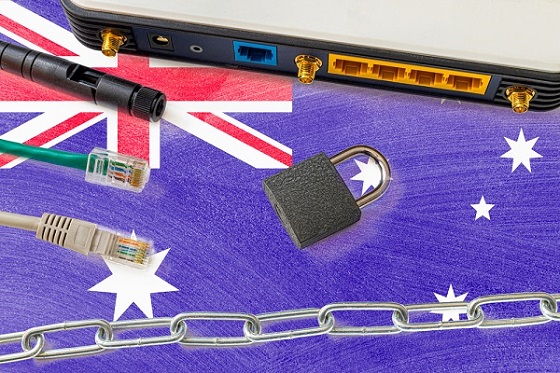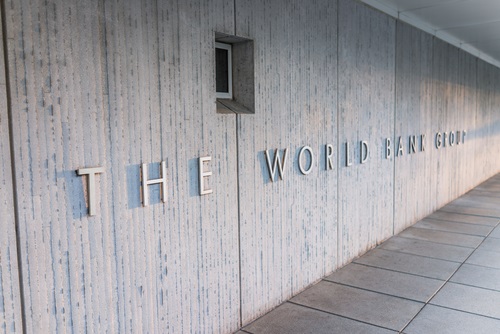Business
Trudeau government spends millions producing podcasts
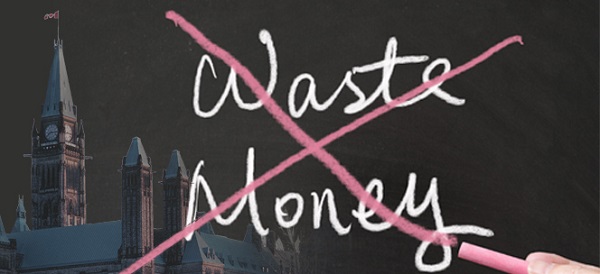
From the Canadian Taxpayers Federation
By Ryan Thorpe
Take the Eh Sayers Podcast from Statistics Canada, which has 21 episodes since January 2021. Episode topics have ranged from gender identity to climate change and misinformation to systemic racism.
The podcast has racked up 229 “estimated” subscribers, according to records.
To date, the podcast has cost $971,417.
Dozens of federal departments and agencies have launched podcasts in recent years, with the cost to taxpayers rising to millions of dollars once salary expenses are factored in.
That’s according to government documents, as well as access-to-information records, obtained by the Canadian Taxpayers Federation.
“Canadians need the government delivering passports, not podcasts,” said Franco Terrazzano, CTF Federal Director. “Can anyone explain why taxpayers are paying for government bureaucrats to spend a bunch of money on podcasts nobody listens to?
“This isn’t providing taxpayers value for money, these podcasts are make-work projects for government bureaucrats we don’t need.”
Take the Eh Sayers Podcast from Statistics Canada, which has 21 episodes since January 2021. Episode topics have ranged from gender identity to climate change and misinformation to systemic racism.
The podcast has racked up 229 “estimated” subscribers, according to records.
To date, the podcast has cost $971,417, meaning taxpayers are on the hook for $4,241 for every subscriber. The podcast averages 1,414 downloads per episode and has 39 reviews on Apple.
There have been anywhere from three to five full-time Statistics Canada employees assigned to the podcast, according to the records.
An August 2023 episode on gender identity begins with a “drag story time” reading from “drag king” Cyril Cinder.
During a December 2023 episode on misinformation, the host and guest talk about the problem with giving “both sides of an issue equal time or consideration.”
An earlier episode, from December 2021, focuses on “the arts and crafts movement across Canada, its renaissance and its necessity.”
“If Statistics Canada bureaucrats want to produce podcasts on gender ideology, climate change or misinformation they can fill their boots on their own time with their own dime,” Terrazzano said. “If you want proof there are too many bureaucrats in Ottawa with too much time and tax dollars on their hands, look no further than these podcasts.”
Or take CCI and CHIN: In Our Words, from Canadian Heritage, that seeks to “preserve” the history of the department “through interviews with current and former staff members.”
Between September 2019 and September 2021, when it was discontinued, the podcast released seven episodes. It has 17 reviews on Apple.
That podcast cost taxpayers $155,736, which works out to a cost of more than $22,000 per episode.
The costs included $9,000 for “podcast training and consulting,” $2,000 for equipment and $115,000 in salary expenses for the full-time staff assigned to it.
The First Sixteen podcast, from Agriculture and Agri-Food Canada, explores the “freshest ideas in agriculture and food.” It racked up $30,000 in expenses, on top of the salary costs for the full-time employee who works on it.
Healthy Canadians podcast, from the Public Health Agency of Canada, has four full-time employees assigned to it.
The average compensation for each full-time federal employee is $125,300 when pay, pension, paid time off, shift premiums and other benefits are considered, according to the Parliamentary Budget Officer.
Healthy Canadians also racked up $67,000 in expenses (over and above salary costs), including $34,000 spent on “podcast strategy, editorial planning and employee training.”
Business Unusual, a pandemic-era podcast produced by Immigration, Refugees and Citizenship Canada, had 13 employees working on it, including two deputy ministers and two executives.
Government records released in November 2023 in response to an order paper question from Conservative MP Rob Moore reveal at least $1.7 million in podcast costs.
But that figure undercounts the true cost to taxpayers, because in most cases the departments did not include salary expenses for staff working on the podcasts.
In every case where salary expenses were included, it was the largest portion of costs.
“No wonder the government is more than $1 trillion in debt when it’s scheming up useless make-work projects for bureaucrats that accomplish nothing more than burning through tax dollars,” Terrazzano said. “With massive deficits and soaring debt, these taxpayer-funded podcasts should be the first thing on the chopping block.”
Business
CBC’s business model is trapped in a very dark place
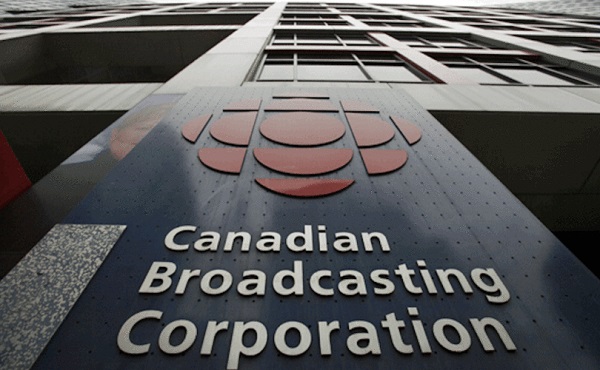
I Testified Before a Senate Committee About the CBC
I recently testified before the Senate Committee for Transport and Communications. You can view that session here. Even though the official topic was CBC’s local programming in Ontario, everyone quickly shifted the discussion to CBC’s big-picture problems and how their existential struggles were urgent and immediate. The idea that deep and fundamental changes within the corporation were unavoidable seemed to enjoy complete agreement.
I’ll use this post as background to some of the points I raised during the hearing.
You might recall how my recent post on CBC funding described a corporation shedding audience share like dandruff while spending hundreds of millions of dollars producing drama and comedy programming few Canadians consume. There are so few viewers left that I suspect they’re now identified by first name rather than as a percentage of the population.
Since then I’ve learned a lot more about CBC performance and about the broadcast industry in general.
For instance, it’ll surprise exactly no one to learn that fewer Canadians get their audio from traditional radio broadcasters. But how steep is the decline? According to the CRTC’s Annual Highlights of the Broadcasting Sector 2022-2023, since 2015, “hours spent listening to traditional broadcasting has decreased at a CAGR of 4.8 percent”. CAGR, by the way, stands for compound annual growth rate.
Dropping 4.8 percent each year means audience numbers aren’t just “falling”; they’re not even “falling off the edge of a cliff”; they’re already close enough to the bottom of the cliff to smell the trees. Looking for context? Between English and French-language radio, the CBC spends around $240 million each year.
Those listeners aren’t just disappearing without a trace. the CRTC also tells us that Canadians are increasingly migrating to Digital Media Broadcasting Units (DMBUs) – with numbers growing by more than nine percent annually since 2015.
The CBC’s problem here is that they’re not a serious player in the DMBU world, so they’re simply losing digital listeners. For example, of the top 200 Spotify podcasts ranked by popularity in Canada, only four are from the CBC.
Another interesting data point I ran into related to that billion dollar plus annual parliamentary allocation CBC enjoys. It turns out that that’s not the whole story. You may recall how the government added another $42 million in their most recent budget.
But wait! That’s not all! Between CBC and SRC, the Canada Media Fund (CMF) ponied up another $97 million for fiscal 2023-2024 to cover specific programming production budgets.
Technically, Canada Media Fund grants target individual projects planned by independent production companies. But those projects are usually associated with the “envelope” of one of the big broadcasters – of which CBC is by far the largest. 2023-2024 CMF funding totaled $786 million, and CBC’s take was nearly double that of their nearest competitor (Bell).
But there’s more! Back in 2016, the federal budget included an extra $150 million each year as a “new investment in Canadian arts and culture”. It’s entirely possible that no one turned off the tap and that extra government cheque is still showing up each year in the CBC’s mailbox. There was also a $93 million item for infrastructure and technological upgrades back in the 2017-2018 fiscal year. Who knows whether that one wasn’t also carried over.
So CBC’s share of government funding keeps growing while its share of Canadian media consumers shrinks. How do you suppose that’ll end?
We make content free for you but we require support to create journalism. Please consider a free subscription to our newsletter, or donate an amount of your choice.
Business
PBO report shows cost of bureaucracy up 73 per cent under Trudeau
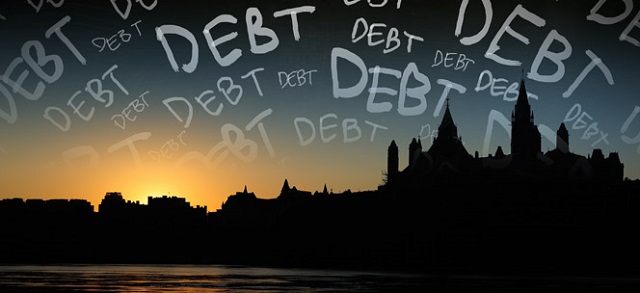
From the Canadian Taxpayers Federation
The Canadian Taxpayers Federation is calling on the federal government to rein in the bureaucracy following today’s Parliamentary Budget Officer report showing the bureaucracy costs taxpayers $69.5 billion.
“The cost of the federal bureaucracy increased by 73 per cent since 2016, but it’s a good bet most Canadians aren’t seeing anywhere close to 73 per cent better services from the government,” said Franco Terrazzano, CTF Federal Director. “Taxpayers are getting soaked because the size and cost of the federal bureaucracy is out of control.”
Today’s PBO report estimates the federal bureaucracy cost taxpayers $69.5 billion in 2023-24. In 2016-17, the cost of the bureaucracy was $40.2 billion. That’s an increase of 72.9 per cent.
The most recent data shows the cost continues to rise quickly.
“Spending on personnel in the first five months of 2024-25 is up 8.0 per cent over the same period last year,” according to the PBO.
“I have noticed a marked increase in the number of public servants since 2016 and a proportional increase in spending,” said Parliamentary Budget Officer Yves Giroux. “But we haven’t seen similar improvements when it comes to service.”
The Trudeau government added 108,793 bureaucrats since 2016 – a 42 per cent increase. Canada’s population grew by 14 per cent during the same period. Had the bureaucracy only increased with population growth, there would be 72,491 fewer federal employees today.
The government awarded more than one million pay raises to bureaucrats in the last four years, according to access-to-information records obtained by the CTF. The government also rubberstamped $406 million in bonuses last year.
“The government added tens of thousands of extra bureaucrats, rubberstamped hundreds of millions in bonuses and awarded more than one million pay raises and all taxpayers seem to get out of it is higher taxes and more debt,” Terrazzano said. “For the government to balance the budget and provide tax relief, it will need to cut the size and cost of Ottawa’s bloated bureaucracy.”
-

 Brownstone Institute1 day ago
Brownstone Institute1 day agoThe Most Devastating Report So Far
-

 Business1 day ago
Business1 day agoCarbon tax bureaucracy costs taxpayers $800 million
-

 ESG1 day ago
ESG1 day agoCan’t afford Rent? Groceries for your kids? Trudeau says suck it up and pay the tax!
-

 Daily Caller1 day ago
Daily Caller1 day agoLos Angeles Passes ‘Sanctuary City’ Ordinance In Wake Of Trump’s Deportation Plan
-

 John Stossel24 hours ago
John Stossel24 hours agoGreen Energy Needs Minerals, Yet America Blocks New Mines
-
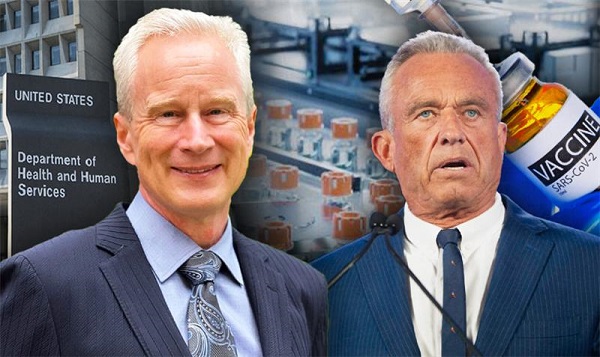
 COVID-192 days ago
COVID-192 days agoDr. McCullough praises RFK Jr., urges him to pull COVID shots from the market
-

 MAiD2 days ago
MAiD2 days agoOver 40% of people euthanized in Ontario lived in poorest parts of the province: government data
-

 Alberta1 day ago
Alberta1 day agoProvince considering new Red Deer River reservoir east of Red Deer






